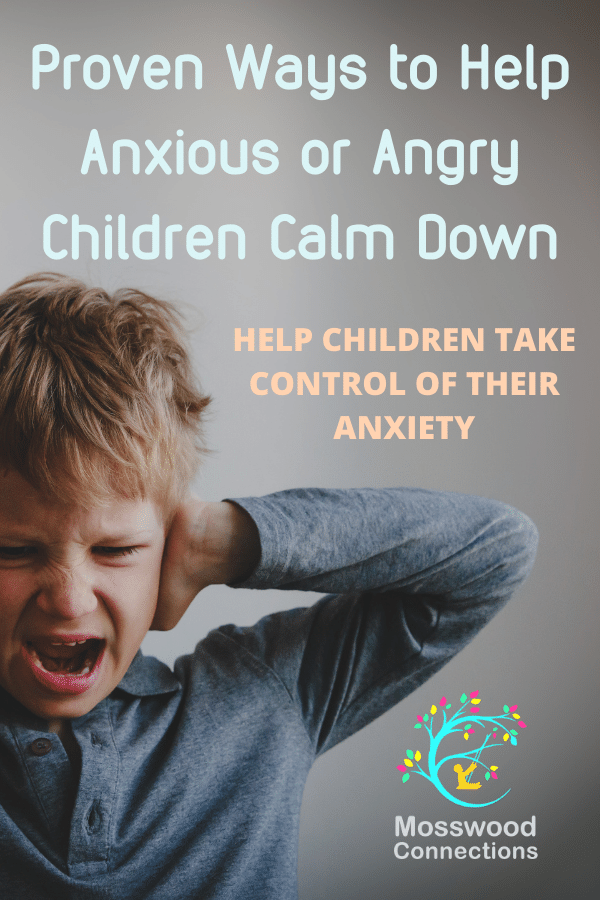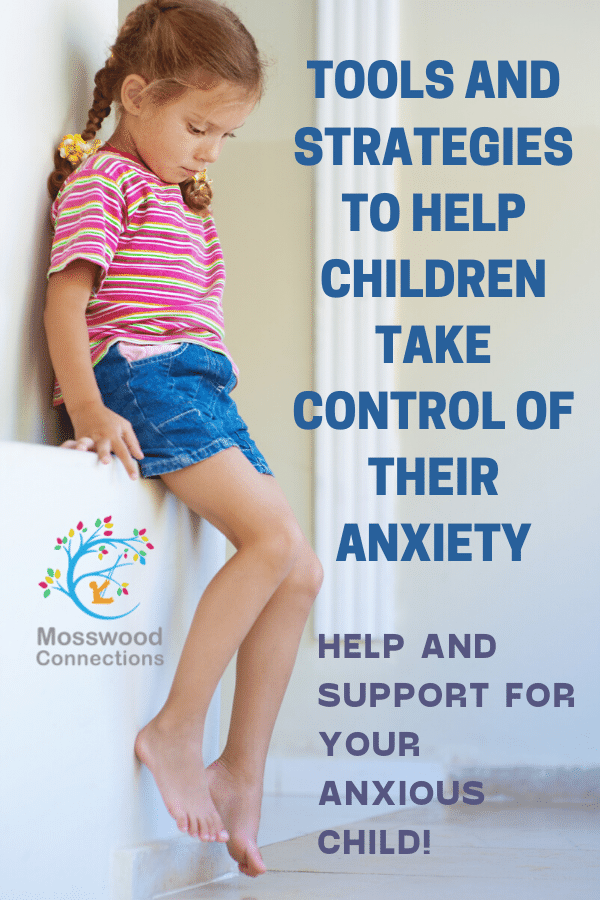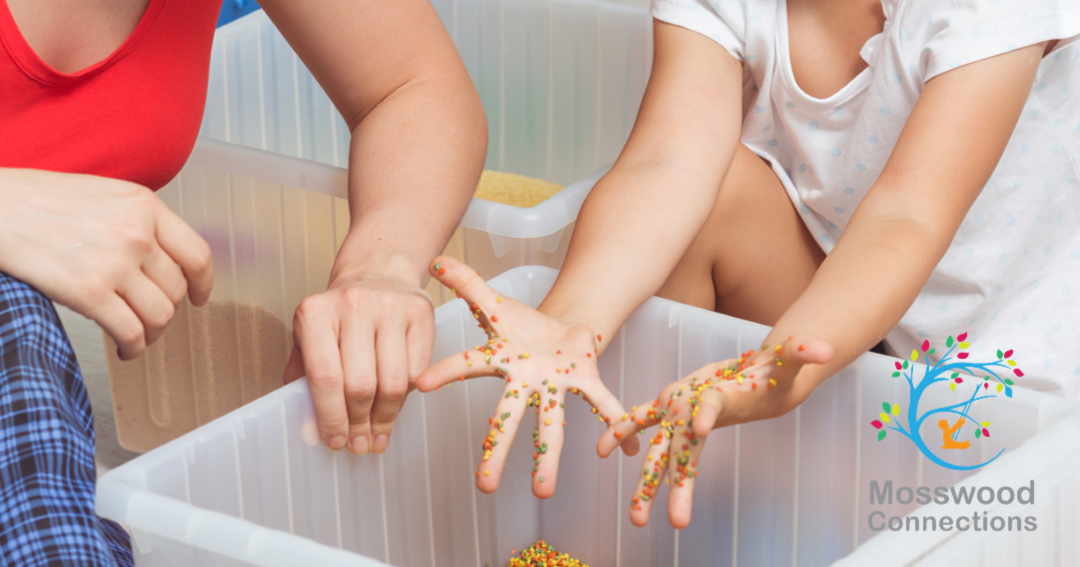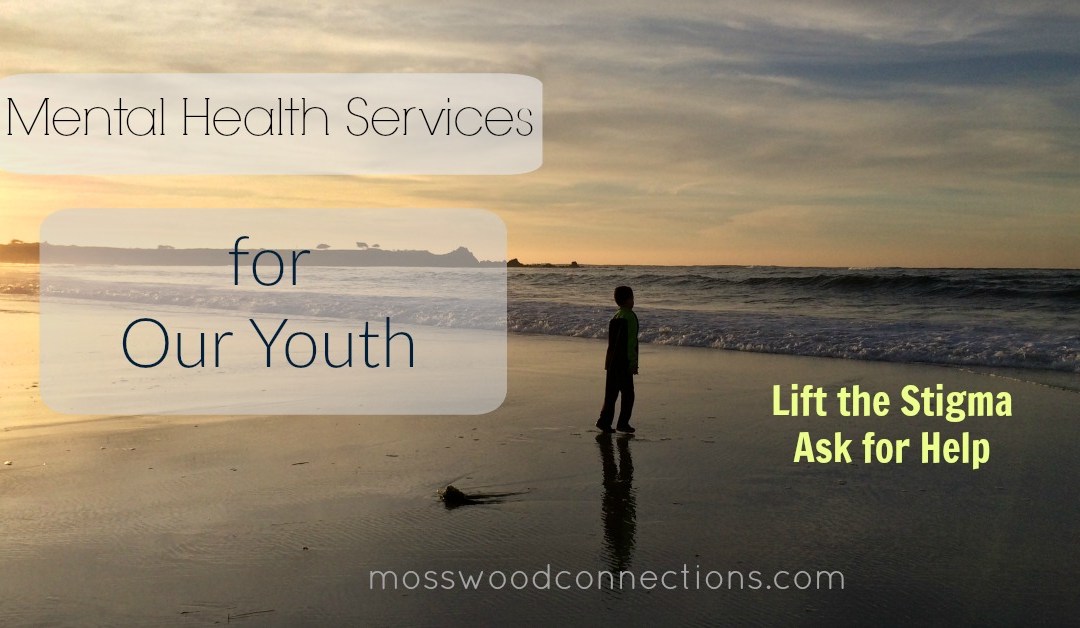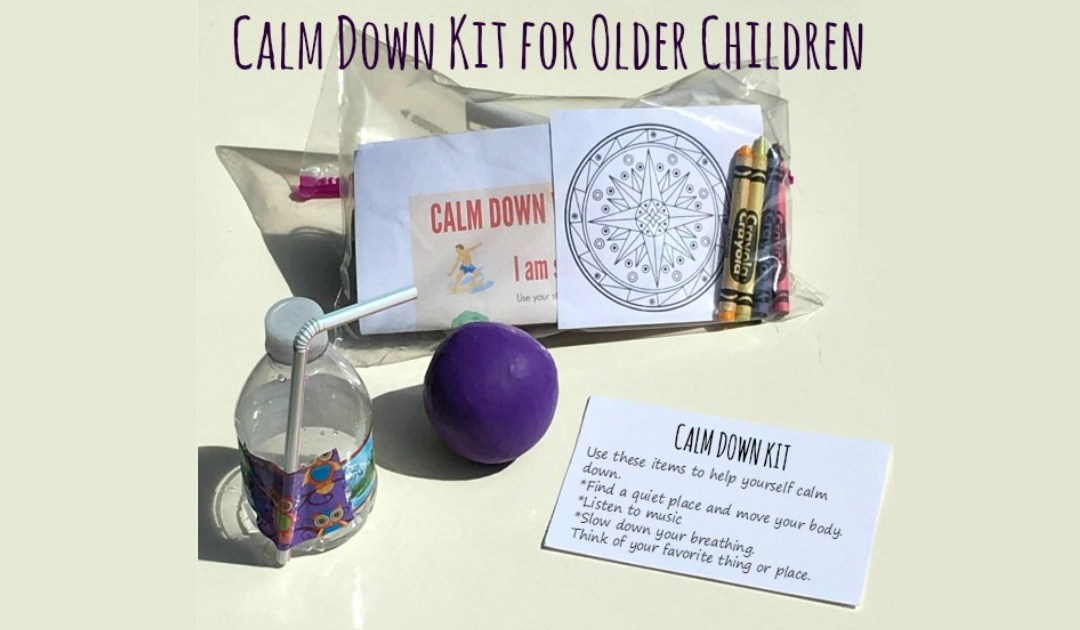Tips for Soothing the Anxious Child
Raising Kids with Anxiety
Tools and Strategies to Help Children Take Control of Their Anxiety
Soothing the Anxious Child can be challenging. Much like the rise in the rate of autism, anxiety disorders are also becoming more prevalent. More and more of the children that we work with are showing signs of anxiety. You can read more about the Epidemiology of mental disorders in children and adolescents here. Psychology Today give their point of view on why this is so. Some of the reasons given are less free play time as well as putting more emphasis on extrinsic goals rather than intrinsic goals, causing the child to worry about whether they are pleasing others. While we agree with both points, we have seen children who are far too young to have been influenced by these factors, pointing to a biological difference. Whatever the reason, helping any child who is anxious, whether it is a personality trait or rises to the level of a disorder, is critical to their future happiness. Over the years we have collected tools and strategies to help children take control of their anxiety. Different strategies work for different children and situations. Choose the strategies for soothing the anxious child that fit with your child’s personality and needs.
This page contains affiliate links. Please visit our disclosure page for more information.
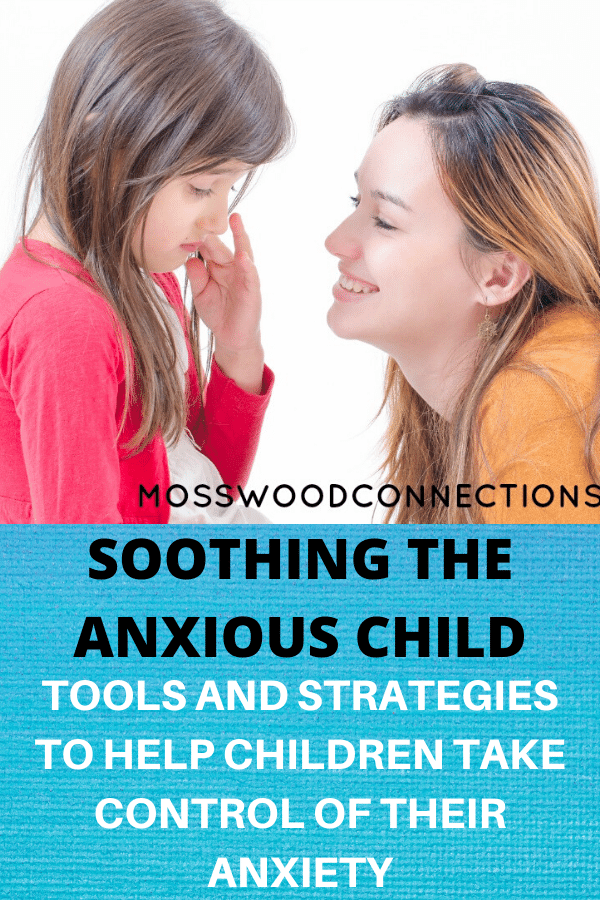
Soothing the Anxious Child; tools and strategies to help children take control of their anxiety
First, identify whether the root cause is specified or unspecified. One boy, who had an anxiety disorder, would tantrum in preschool whenever there was an art project. This worry turned out to be specified; he was worried that he wouldn’t like the way things felt and he wouldn’t understand what to do. He had a concrete reason for being fearful. I told him that he could take his time and then make a choice. We would stand back and observe the activity so that he understood the directions. If the activity involved getting messy (he didn’t like that either) I would reassure him about how we would take care of his feelings: have a paper towel ready to wipe his hands right away, etc. After a few times of hanging back, he realized he enjoyed art time and it was no longer a problem. An example of an unspecified worry would be if the child is worried about getting hurt when there was no real reason to expect hurt or injury. Unspecified worries have a tendency to run in a loop in the brain and we need to help interrupt and decrease the repetition of those thoughts.
Implement an “Anxiety Abatement Diet”
Much like a sensory diet, it is helpful to incorporate relaxing techniques into the day. These interventions should be done daily as much as possible. This will be incredibly beneficial when they get older and need to manage their own symptoms and have already established healthy habits.
Meditation. Here are two resources you can try:
Guided Sleep Meditation for Kids and Parents
Meditation for Children
Heavy Muscle Work.
Sensory Brushing and Deep Pressure.
You can find information on heavy muscle work, brushing and deep pressure here: Sensory Integration Strategies and Tips
Physical Interventions that help calm an anxious child.
Swinging, swimming, and running are great exercises to help calm the system. More physical interventions are covered in the Sensory Integration link above. With some carefully chosen toys like hammocks and swings, your backyard can become a place for children to calm down.
Hand press: Press the hands together firmly while taking deep breathes.

Use cognitive interventions to help work through the issue or event causing anxiety.
For very young children, have them draw a picture so you can talk about it. When we were trying to help our daughter with recurring nightmares the solution started with a drawing.
For young children help them to draw a comic strip. What would a superhero do?
For older children, have them write in a journal or write a story about the worry. Encourage them to find a solution in their story. One boy I knew had such a difficult time dealing with his feelings that I had him create a character. In the beginning, in every story he wrote his character was the “hero” who knew just what to do and the character’s sister was the one who got anxious and acted out. I knew we had made real progress when the main character (the boy) began to be the one who was anxious and the one who came up with solutions to keep calm.
Sometimes children will persist on obsessing over a worry and some problems can’t be solved. Help your child let go of the problem and help them learn when and how to solve a problem and when to put it away.
Making a worry meter helps an anxious child put their problem into perspective.
I use meters for all sorts of social-emotional topics. I find that they really help both to put things in perspective and to remind us of possible solutions for calming down. You can download pre-printed forms but I usually just draw one out really quickly. In this example, I showed a list of synonyms for anxious to the child. Then I had the child choose the words that they wanted. Then I asked him to come up with examples of when he felt that way and what were the possible solutions. I try to honor the words, placement, and solutions that are chosen unless they are really far off the target.
Rate Your Feelings. I have children make a scale of 1-10. 1 is “no big deal” while a 10 would mean get help immediately. If something is a 6, 7, 8 or 9 work through strategies on how to turn it into a lower number on the meter.
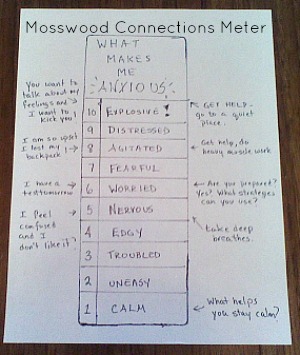
Behavioral Interventions to Soothe an Anxious Child
Set clear guidelines. Sometimes a child can be confused by ambiguity and that can cause anxiety. Be clear about what will happen and what behavior or input is required.
If the fear becomes a phobia it may be best to confront it head-on. Slow, thoughtful exposure to the fear may be helpful for getting over a phobia in order to gently desensitize him and free him from the fears and anxiety that restrict his experiences.
Mantras: You or your child come up with a chant to say when the “worry monster” appears. One boy would say, “Brain! Stop those silly thoughts!” Another child came up with “Worries, worries go away. Time to go have fun and play.”
Quiet calm down place. Sometimes a child is too upset to listen or participate in any of their solutions. Have a place that is quiet and comfortable where they can calm down. This is not a “time-out” it is okay to cuddle, give deep pressure, etc. We made a Calm Down Kit that children can use in most environments.
Teach children how to practice Mindfulness. Use the Mindful coloring for adults and kids: Wild Animals: Coloring and practicing mindfulness is a great way for children to learn to calm down and center themselves.
Specify worry time. If the anxiety is obsessive in nature it becomes counter-productive to keep trying to talk it out. Once the issue has been discussed, validated and possible solutions have been decided it is time to stop talking about the issue. Give them a “Worry Time”. At the end of the day allow 15 minutes to vent about the worry and then be firm that you are done talking about worrying.
Distraction. Sometimes we just need to live in the moment. Try to put more emphasis on something really fun and distracting.
Reach out for help and support for your anxious child!
If you, or someone you know, struggles with mental health, get help, offer help, talk about the challenge out loud. We have put together a list of resources on mental health to help families struggling with this issue. We recognize mental health as just that: another area of our health that deserves attention and support. We should treat mental illness with the same compassion and care that we treat any other chronic condition. There is no stigma in being ill.
